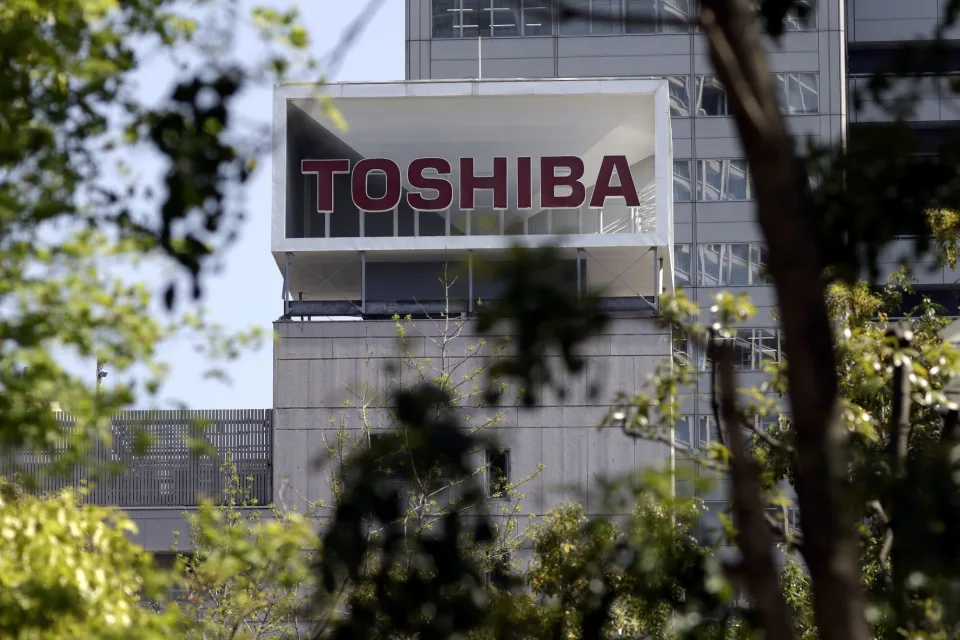North Korea’s tactical nukes: Five things to know
3 min read
North Korea announced Monday that its recent spate of missile launches were “tactical nuclear” drills that simulated striking airports and military facilities across the South.
Leader Kim Jong Un personally oversaw the exercises, state media said, adding that they showed the country’s nuclear combat forces were “fully ready to hit and wipe out” the enemy.
Here is what we know:
What are tactical nukes?
Tactical nuclear weapons are designed for use on a battlefield in military situations.
They are smaller than traditional “strategic” nuclear weapons, such as warheads carried on intercontinental ballistic missiles, and are the least-regulated category of nukes in arms control agreements.
There is no universally agreed definition, but experts say tactical nukes would typically have a lower explosive yield and a shorter-range delivery vehicle.
“This may make them more militarily useful, and less politically objectionable,” wrote the Union of Concerned Scientists in a June report.
“Because tactical nuclear weapons are considered more ‘usable’, they increase the risk of nuclear war,” it added.
Russia is believed to have the largest stockpile of tactical nuclear weapons, which Russian President Vladimir Putin has threatened implicitly to use over Ukraine.
Does North Korea have them?
North Korea has been pursuing tactical nuclear weapons since at least last year, when Kim made developing them a priority at the Eighth Party Congress.
Tactical nukes “would be a logical addition to North Korea’s nuclear forces given what we know about their nuclear strategy”, said US-based security analyst Ankit Panda.
North Korea on Monday linked all its recent missile tests — from short-range ballistic missiles to a “new type” of intermediate-range missile — to its tactical nuclear operations units.
This indicates they could have “nuclearised” many of their missiles and may be preparing to justify using them early in any conflict.
Have they tested them before?
No. But they could do so soon, and it could look very different from previous North Korean nuclear tests, experts say.
The isolated regime has conducted six nuclear tests before, most recently in 2017 when it tested what it claimed was a hydrogen bomb.
These previous nuclear tests have each been one giant explosion, but for a tactical nuke, we could see “multiple tests rather than just one”, Seoul’s vice defence minister Shin Beom-chul said.
As they are untested, it is hard to know how advanced the North’s tactical nuke technology really is, but given Pyongyang’s recent string of missile launches, “they have reached some achievements in terms of delivery methods”, Shin told local television.
Why do they want them?
A tactical nuclear weapon would give North Korea the “upper hand on the Korean peninsula”, said Andrei Lankov, a professor at Kookmin University.
Seoul does not possess nuclear weapons, although its conventional forces are better equipped than the North.
Kim’s intercontinental ballistic missiles and large nuclear bombs have also allowed him to threaten the continental United States. Pyongyang has “come close to being able to destroy a significant part of the city of New York”, Lankov said.
But to fire such a powerful nuclear weapon on the compact Korean peninsula — where Seoul is just 195 kilometres (121 miles) from the North’s capital — is unrealistic and impractical, experts say.
“They now need something to deal with the South. And this is why they emphasise all these kinds of short-range ballistic missile, cruise missile intellect,” Lankov added.
Should we be scared?
If you live in Seoul, maybe. North Korea has long insisted it was developing nuclear weapons to protect itself from the United States.
But its pursuit of tactical nukes and explicit references to targeting the South — a non-nuclear power — signal a key shift, analysts say.
The recent drills “suggest that North Korea’s nuclear weapons go beyond the means of simple ‘deterrence'”, said Cheong Seong-chang, a researcher at the Sejong Institute.
The country revised its nuclear laws last month to allow pre-emptive strikes, with Kim declaring North Korea an “irreversible” nuclear power.
“The latest exercises suggest that the possibility of a nuclear war on the Korean peninsula is much higher than before,” said Lim Eul-chul, a professor at Kyungnam University.
“There is now ample possibility that Kim may demonstrate nuclear strike operation capabilities beyond our imagination if he feels that an attack from South Korea and the United States is imminent.”






